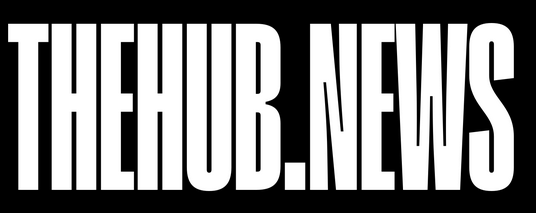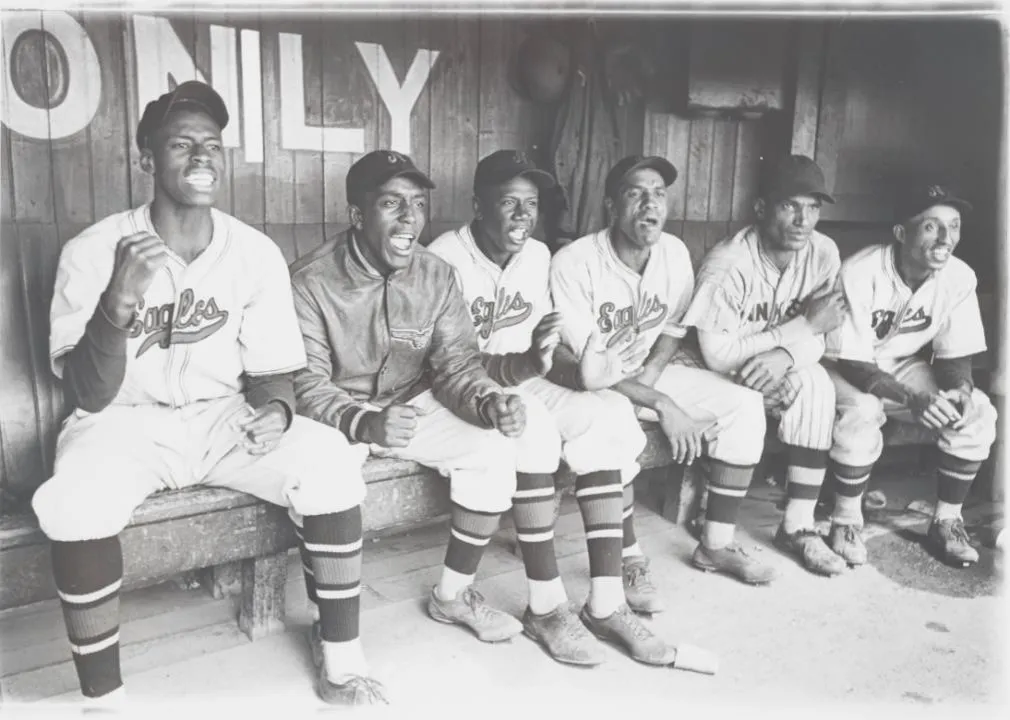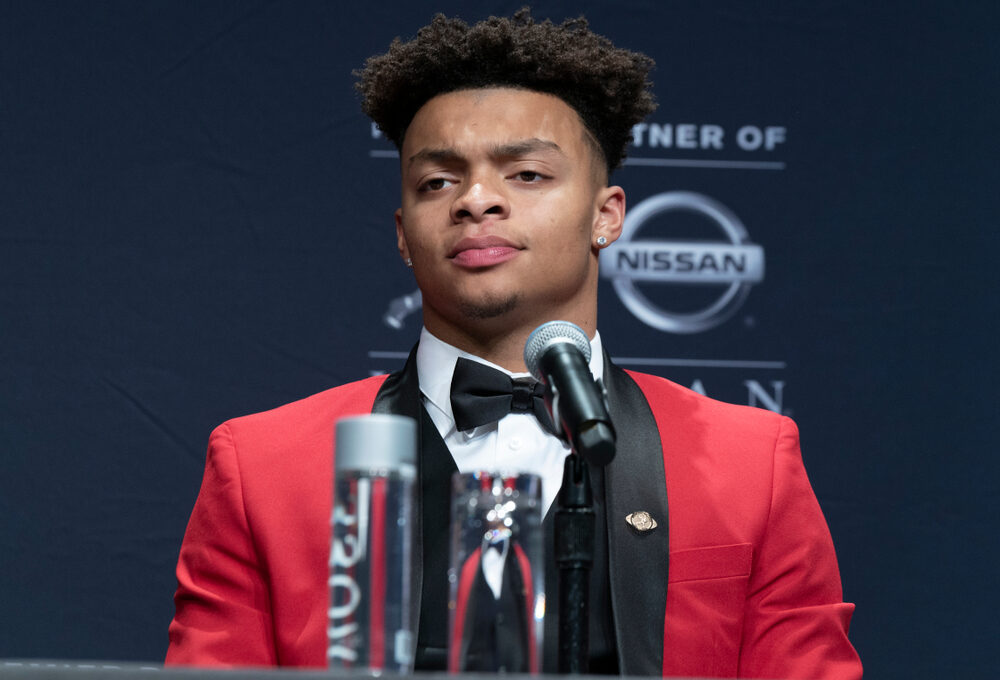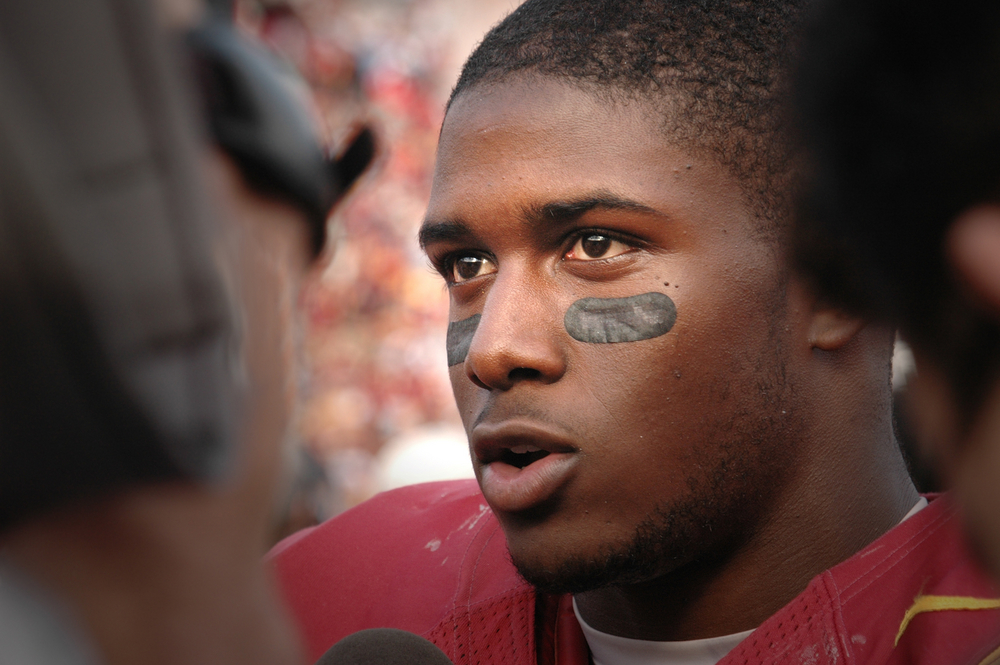On Tuesday, baseball fans will watch the best in the game compete against each other in the annual MLB All-Star Game. The opportunity to compete against the best is something Negro League players got to do for they played against each other almost daily.
But showcasing their talents against white players was prohibited until their talents could no longer be overlooked.
“The League,” a new documentary directed by Sam Pollard, ensures that Negro League talent and history will be overlooked no more.
Before basketball and football finally embraced Black athletes, baseball was Black America’s national pastime and the Negro Leagues was the home to some of the greatest players and most iconic names in the sport.
Two years before Jackie Robinson broke baseball’s color barrier, he played 35 games in 1945 for the Kansas City Royals of the Negro American League.
And while he remains one of the sport’s greatest and most important players, he wasn’t the best to hail from the talent-loaded Negro Leagues.
Most have heard about Satchel Page, Josh Gibson and Roy Campanella, three of the greatest players in baseball history. But how many know of Cool Papa Bell, Bill Foster or James Raleigh “Biz” Mackey? What about Rube Foster, Effa Manley and Alex Pompez?
And did you know that they’re all in the Baseball Hall of Fame?
These are just a few of the legendary Negro Leagues players, organizers and owners who helped build organizations and teams that entertained and employed Black America for decades.
Baseball and Black America used to have a strong relationship, one that dates back to the earliest Juneteenth celebrations.
As Lou Moore recalled in this brilliant story:
“One could not attend a Juneteenth without baseball. In a South that increasingly tried to limit Black freedom, baseball became a symbol of mobility and autonomy in a Jim Crow Texas. Starting in the early 1870s, baseball was almost certain to be a centerpiece at every Juneteenth.”
As the Juneteenth celebrations grew in Texas, baseball’s presence and impact in these celebrations and communities grew as well.
Organized teams such as the Greenville Oil Burners, Austin’s Black Pioneers, the Lubbock Hubbers, San Antonio Bronchos, Texas City Tigers, the Port Arthur White Sox, and the Black Buffs of Houston were formed before the Negro Leagues came to fruition. In 1920, the Texas Colored League, the first organized Black baseball league in the state, began play. That was the same year that Rube Foster launched the famed Negro National League.
These are the types of stories that “The League” features. But the documentary goes beyond the diamond to illustrate how the Negro Leagues were much more than baseball. They were venues for communal gatherings and economic systems during a time when Jim Crow sought to oppress and limit opportunities for Black Americans.
The film explores the Great Migration, where 6 million Black Southerners migrated North to escape Jim Crow. It looks at the impact of the Great Depression, World War I and II and the early days of the Civil Rights Movement. “The League” also features the connection between the Negro Leagues, the Caribbean and Latin America, and the history of players traveling to and from these countries to play baseball.
Overall, “The League” educates audiences about the role of the Negro Leagues in the history of sports, Black culture and America.
Unfortunately, it’s a history that is currently under attack in schools across the South and Midwest, places where many of these players grew up and learned the game.
And it’s a proud history that we must protect and teach.
Continue reading over at First and Pen.
This content has been brought to you by First and Pen in partnership with TheHub.News. First and Pen “amplifies local sports stories from voices of color to the national conscience…”








